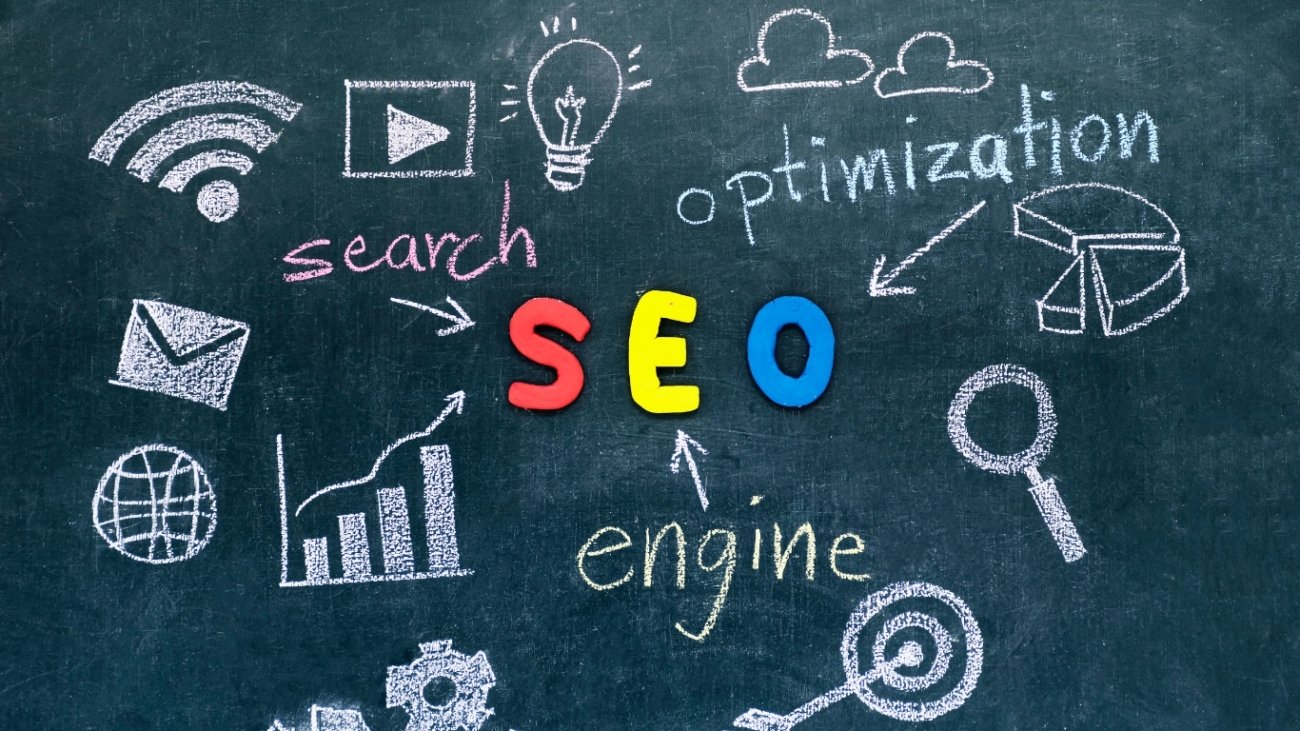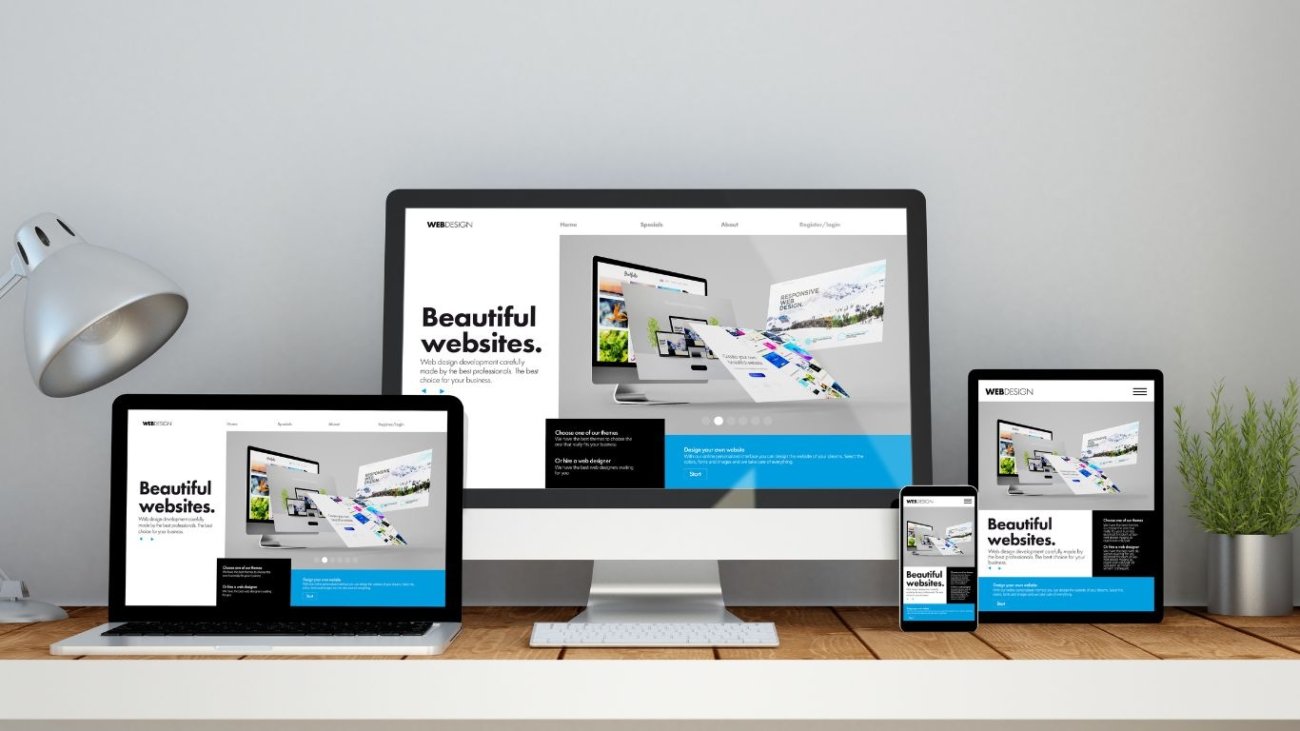Creating an SEO-friendly website is essential for improving visibility and driving organic traffic. This comprehensive guide delves into the strategies and best practices to optimize your website for search engines using a structured approach.
Understanding SEO Fundamentals
Search Engine Optimization (SEO) is the art and science of enhancing website visibility in search engine results pages (SERPs). It encompasses on-page elements like content and meta tags, off-page elements such as backlinks, and technical factors like site speed and mobile-friendliness. Grasping these fundamentals is the first step towards crafting an SEO-friendly website.
Keyword Research: The Foundation of SEO
Keyword research is pivotal in aligning your website’s content with the queries your target audience is searching for. Utilize tools like Google Keyword Planner, SEMrush, or Ahrefs to identify relevant keywords with substantial search volume. Aim for a mix of broad and long-tail keywords to balance competitiveness and specificity.
On-Page SEO Strategies
On-page SEO involves optimizing individual web pages to rank higher and earn more relevant traffic. Ensure your title tags and meta descriptions are concise and include your primary keywords. Structure your content with header tags (H1, H2, H3) to make it more readable and SEO-friendly. Optimize images by compressing them and using descriptive alt tags. Enhance user experience with a clear URL structure and strategic internal linking.
Technical SEO: Behind-the-Scenes Optimization
Technical SEO is crucial for making your website accessible and indexable by search engines. Improve site speed by optimizing images, leveraging browser caching, and minimizing CSS and JavaScript. Ensure your site is mobile-responsive to cater to the growing number of mobile users. Secure your site with HTTPS, create a sitemap for search engines, and utilize schema markup to enhance your presence in SERPs with rich snippets.
Off-Page SEO Tactics
Off-page SEO focuses on external factors influencing your website’s authority. Building quality backlinks from reputable sites is a key component. Engage with your community on social media to enhance your online presence. For local businesses, optimizing for local SEO by claiming your Google My Business listing and managing local citations is vital.
Content is King: Creating Valuable Content for Your Audience
Content quality significantly impacts SEO. Produce original, engaging content that provides value to your audience. Use your keywords naturally within your content to signal relevancy to search engines without overstuffing. Consistently updating your site with fresh content can also boost your SEO efforts.
Measuring SEO Success
Track your SEO performance using tools like Google Analytics and Google Search Console. Key metrics to monitor include organic traffic, bounce rate, and conversion rate. Regularly reviewing these metrics allows you to refine your SEO strategy and align it with your objectives.
Common SEO Mistakes to Avoid
Avoid common SEO pitfalls such as keyword stuffing, buying backlinks, and duplicating content. These black-hat SEO techniques can lead to penalties from search engines. Focus on ethical SEO practices that provide long-term benefits.
Staying Ahead: SEO Trends and Future Outlook
SEO is an ever-evolving field. Stay informed about the latest trends, such as the rise of voice search and AI’s impact on search algorithms. Adapting to these changes can give you a competitive edge in the digital landscape.
Conclusion
An SEO-friendly website is not a one-time achievement but an ongoing process. By understanding SEO fundamentals, conducting thorough keyword research, and implementing on-page, off-page, and technical SEO strategies, you can enhance your site’s visibility and user experience. Continuously monitor your performance, avoid common mistakes, and stay abreast of SEO trends to ensure sustained success in the digital realm.
Call to Action
Evaluate your website’s current SEO standing and consider where improvements can be made. Whether you’re starting from scratch or optimizing an existing site, a focused approach to SEO can lead to significant gains in visibility and engagement.


